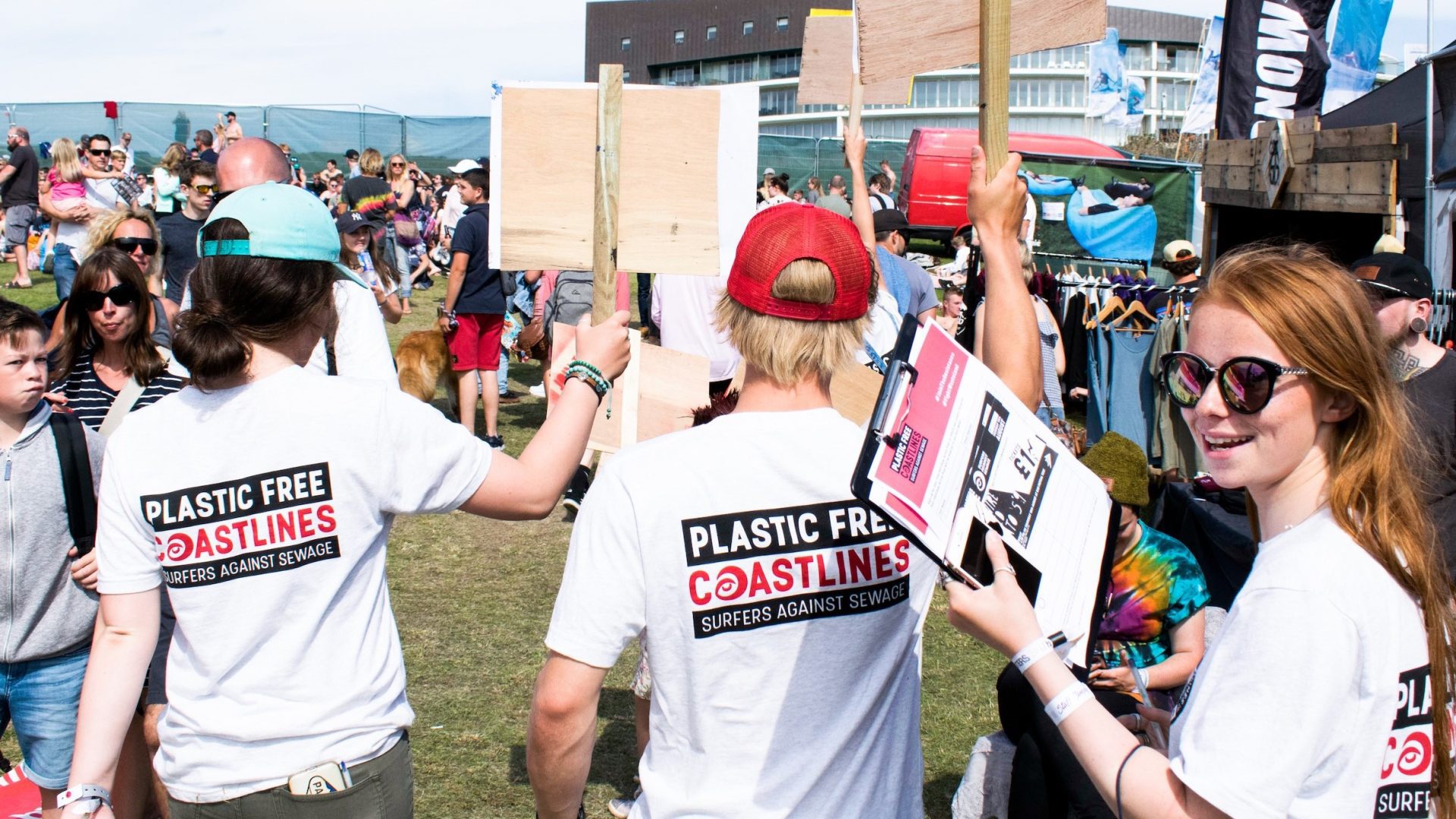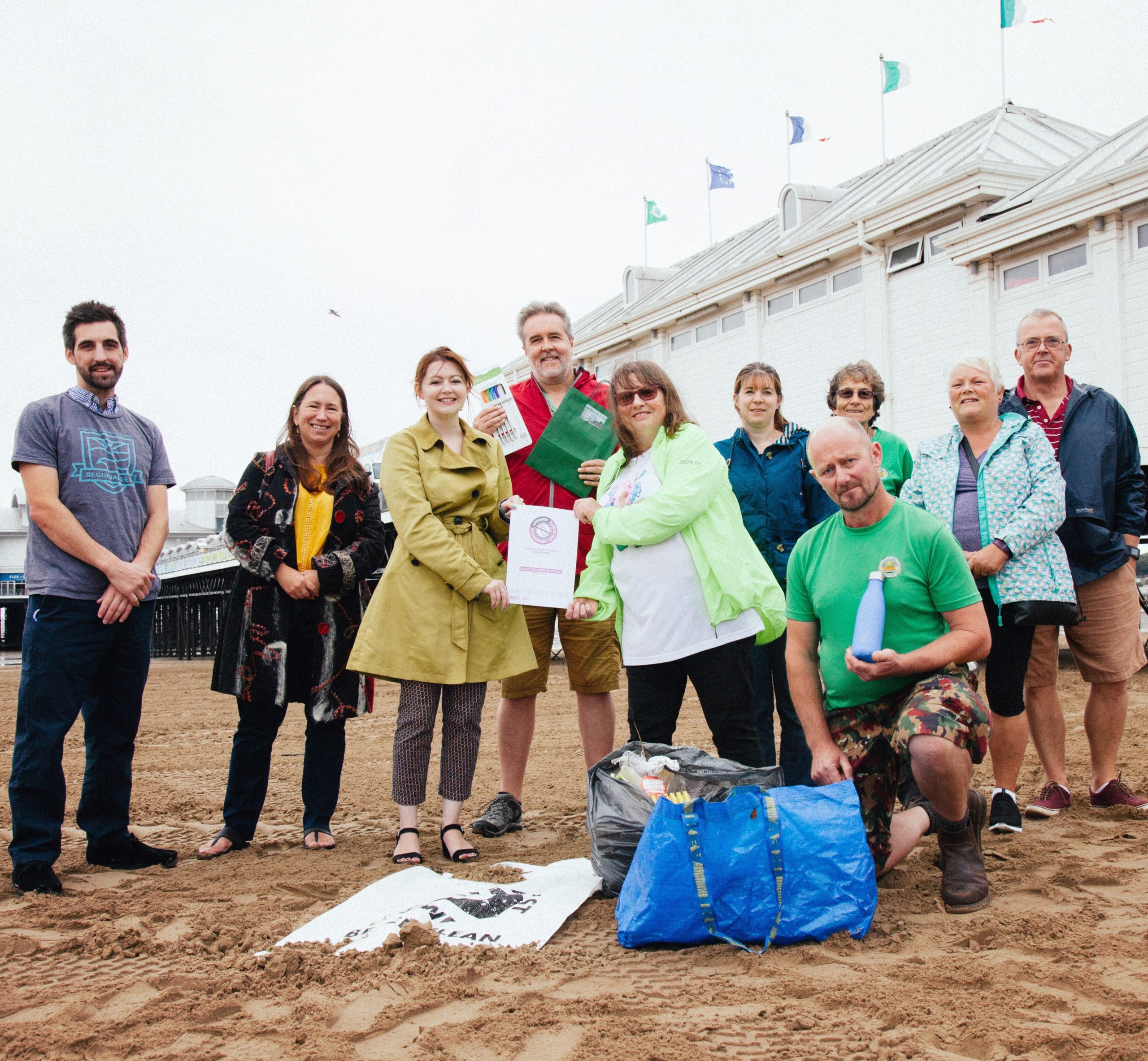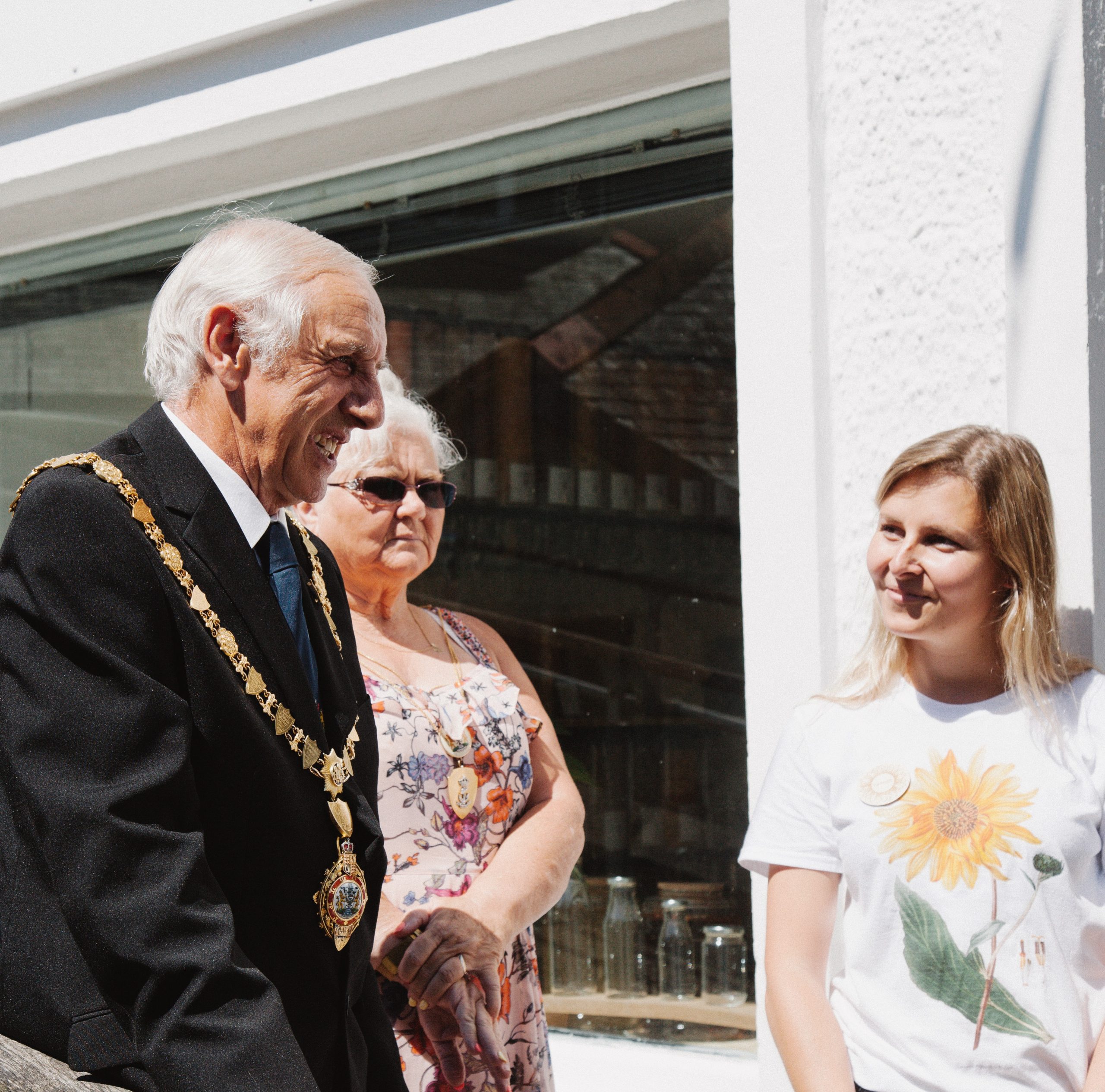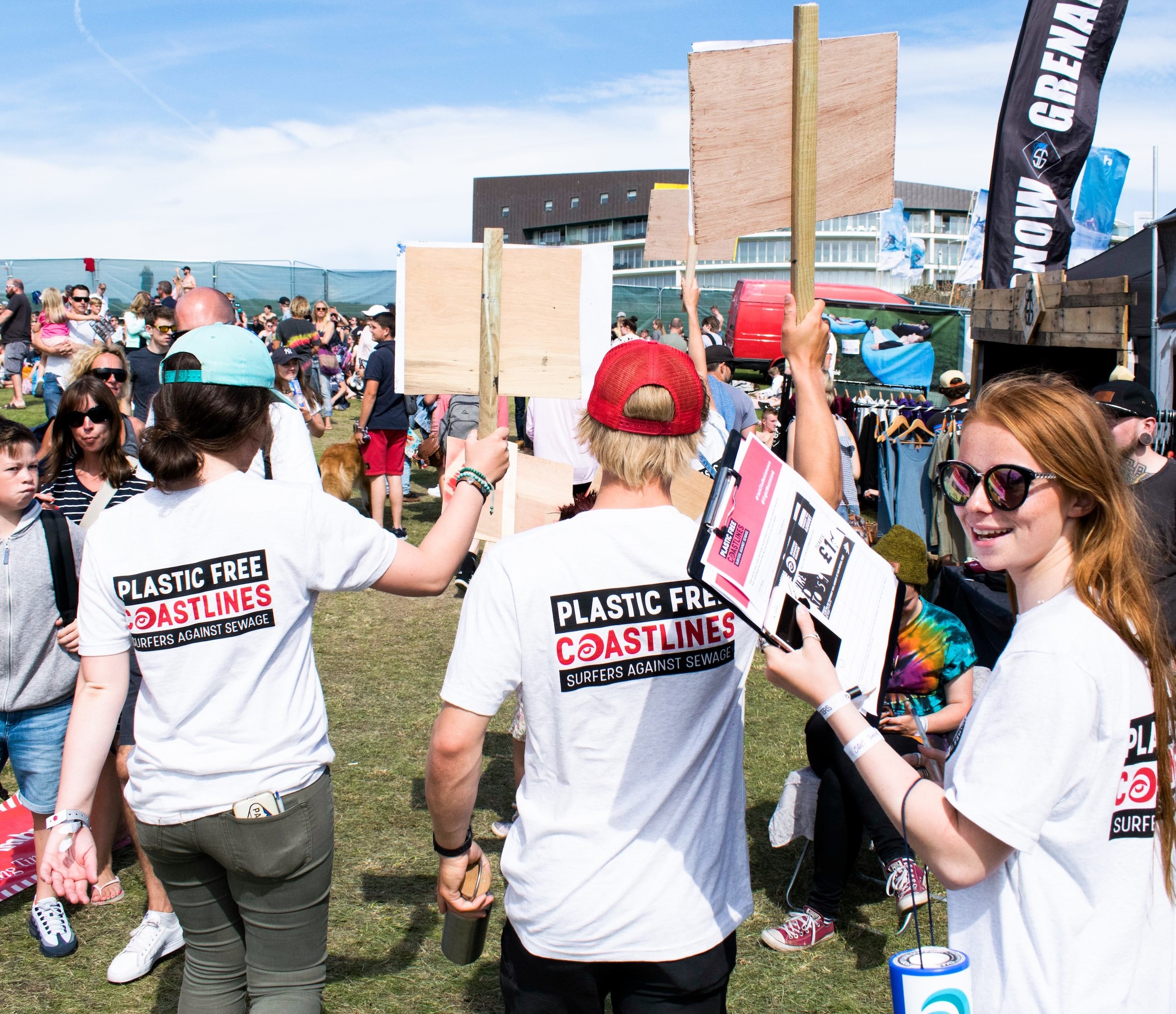
Five Steps to Leading a Community
We’ve created Plastic Free Communities to free where we live from single-use. Wherever you live, whether you’re on shore or inland, urban or rural, high-tide or high-rise, we’re uniting communities in the fight against avoidable plastics.
It’s not about removing all plastic from our lives. It’s about kicking our addiction to throwaway plastic and changing the system that produces it … and our community leaders are an integral piece of the jigsaw.
Whether you’re already a community leader or thinking about becoming one, here are some pointers on what makes an awesome activist.

Step One: Know Your Role
Before you start, be clear on your role, how much time you can dedicate and how much you are willing and able to take on. What are your skills and qualities? Where will you need help? Read and make sure you understand the Community Toolkit and the Community Lead Agreement as well as how your role fits with SAS as a whole.
As a community leader you are an instigator and motivator. But you do not have to do everything on your own! Use our toolkits and guides to help you set boundaries and work out how best to approach things in your community.
Step Two: Get Support
Build a team around you and build some momentum. At first it may just be a group of like-minded people. Or you may be part of an existing group which wants to lead their Plastic Free Community,
Have clear roles and communication but don’t put pressure on yourselves – we set no deadlines. Fit your plastic free journey into your lives, not the other way round!
Step Three: Start Work
Use our toolkits and decide how to work on the objectives. You may want to tackle one at a time … or delegate responsibility for individual objectives to team members and work on several simultaneously.
Look at what work is already happening in your community. Potentially there is lots going on that contributes to your community’s status. Don’t create extra work or duplicate action! Use the social media toolkit and top tips to spread the word.
Step Four: Set up a Steering Group
Keep it small (we recommend ten max.) and pick people who can make things happen in your community.
Meet monthly or quarterly, delegate and make this the start of the process of handing over responsibility to the wider community. You can hold separate volunteer meetings to include and activate the community going forwards.
Step Five: Hand Over to Your Community
Eventually you will want to apply for SAS Plastic Free Communities Approved status. The next step, once you’ve given yourselves a pat on the back, is to involve as much of your local community in what happens next as possible.
Get the Steering Group to look ahead. How does your specific community need to build on the foundations you have set? Draw up a community plan which the group collectively takes responsibility for. Use the five objectives as the foundations of long term action and sustainable change.

What then?
Your community decision makers are now in a position to take responsibility. Your community is activated and on board, be it through individual actions, volunteering or taking part in initiatives and events. Your community has a plan of action in place for long term change.
What role do you want going forward? Only you know the answer to this one!
Our Top Tips
1. Talk
Word of mouth is one of the most effective tools at your fingertips. Tell people what you are doing when you’re shopping, at work, on the school run, out socialising, in every walk of life.
Use our social media resources and toolkits to create an online presence. Create a buzz. Be positive, inclusive and confident.
2. Be Seen
Go to local events. (we supply materials you can take along) Get creative and use your group’s presence to instigate more conversations and get organisers on board as allies or local backers.
Hold your own Plastic Free Communities events. Keep things simple … and simply raise awareness. Visit businesses and allies in person. Forge relationships over (plastic free) coffee and cake!
3. Collaborate
Work with your community and pull together existing action where you can. Don’t give yourselves extra work! Use your collective voice.
Use existing and new contacts you have made to forge relationships with decision makers. Use your growing presence, positive actions and collaborative attitude to win them over. Show community appetite!
For more information on what it means to lead a community, click here

